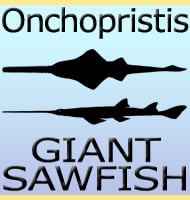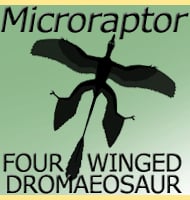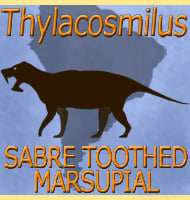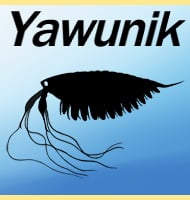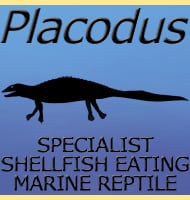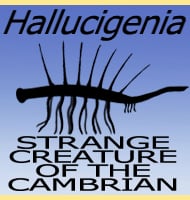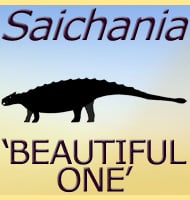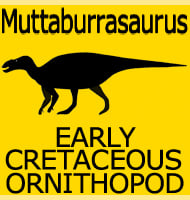In Depth
Navajodactylus was named in honour of the Navajo Nation with the genus name also incorporating the Greek ‘dactylus’ for ‘finger’, like in many other pterosaurs. The species name honours Arjan C. Boer� who discovered the holotype specimen in the Kirtland Formation back in 2002.
Navajodactylus has been placed within the azhdarchidae pterosaurs, although so far no distinctive features of the group have been found in Navajodactylus. This however is down to the incomplete nature Navajodactylus fossils. Navajodactylus is not believed to be synonymous to any other known pterosaur because of the construction of the wing phalanx, loosely termed the hand. In the phalanx it is the connection for the extensor tendon that is different to other known fossils.
Navajodactylus has been found in only two locations but the geographical distance of these locations, New Mexico and Alberta, not only suggests a broad species range, but also indicates that Navajodactylus may have lived upon the fringes of the Western Interior Seaway, which submerged much of Cretaceous North America between New Mexico and Alberta. This in turn infers a piscivorous fish eating lifestyle for Navajodactylus.
Further Reading
– Navajodactylus boerei, n. gen., n. sp. (Pterosauria, ? Azhdarchidae) from the Upper Cretaceous Kirtland Formation (upper Campanian) of New Mexico. Fossil Record 3. – New Mexico Museum of Natural History and Science Bulletin 393-404. – R. M. Sullivan and D. W. Fowler – 2011.

